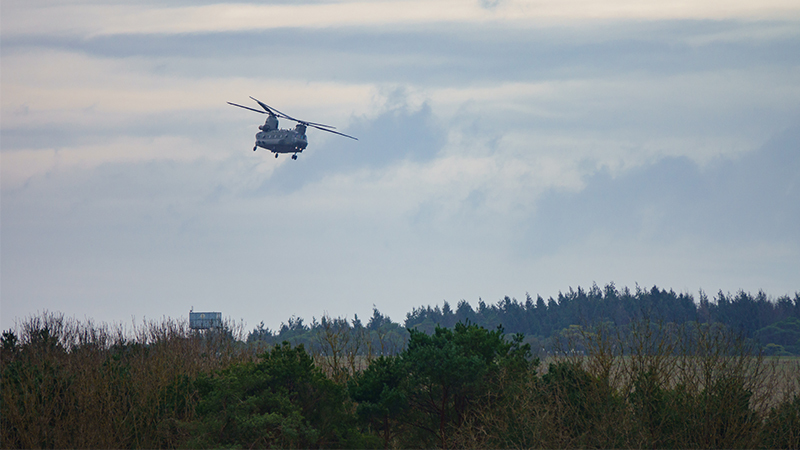

In May of this year, we wrote an article covering the US Air Force’s Agility Prime project. Its goal is to test the feasibility of eVTOLs as military transport vehicles for cargo and troop transportation.
As part of our eVTOL applications series, we now want to take a deeper look into the idea of eVTOLs in the military, including applications, companies involved, and the impact this might have on civilian development.
Joby Aviation was the first company to receive airworthiness approval in December 2020, closely followed by Beta Technologies. Both companies were early partners in the Agility Prime project, hence their early start over the competition.
Since then, Lift Aircraft and Kitty Hawk have also joined the ranks of airworthy military eVTOLs. Each eVTOL differs in design, allowing them to fill different roles in the military machine. The Heaviside, for example, was tested for medical evacuation and cargo roles in May 2021. Other eVTOLs, such as Joby’s, may fulfil purely logistical roles.
Interestingly, the Heaviside was only approved for autonomous/remotely operated flight rather than manned missions. If this continues for other eVTOL companies involved in Agility Prime, it might provide a clearer picture of military plans for these aircraft.
The benefits of eVTOLs in the military are almost identical to other industries. Factors such as reliability, responsiveness, low noise levels, and a comparatively low footprint are all advantageous in a military context.
Flying an electric aircraft through hostile environments would hopefully draw less attention than a helicopter. Of course, we must balance this against the eVTOL’s inability to defend itself. Whether Agility Prime will address this issue remains to be seen.
Military involvement has clear benefits for the companies involved, too. First, receiving airworthiness from the US Air Force will likely speed up civil aviation approval, allowing the companies to get their eVTOLs out in public much sooner. As they all started as civilian applications, military approval will likely provide plenty of credibility.
Also, it promises to be an added revenue stream for the companies involved. The US Military has a reputation as a cash beast, so directing some of this money to eVTOL companies will help them develop operations, test aircraft, and potentially expand into other markets.
But, military applications have many of the same drawbacks as civilian ones, too. Perhaps the most obvious is infrastructure. Charging, storing, and maintaining an eVTOL on a military base could prove problematic, as it would require the installation of charging stations and specialist engineers. However, this is unlikely to be a problem for the US Military.
Some consolation is that the companies do not have to balance this against approval and public opinion, as these matters are irrelevant in a military context. Presumably, part of Agility Prime will address the logistical challenges of electric aircraft in the field, although no information exists about this.
Testing and developing eVTOLs in a military project will trickle down into civilian contexts. It has the potential to expand eVTOL applications massively, if only because companies have more money and prior approval.
How this plays out will be fascinating to watch. Although the US Air Force will keep quiet about developments in its Agility Prime project, we will likely see some results in the next year or two. Then, it is only a matter of time before this filters into other industries.